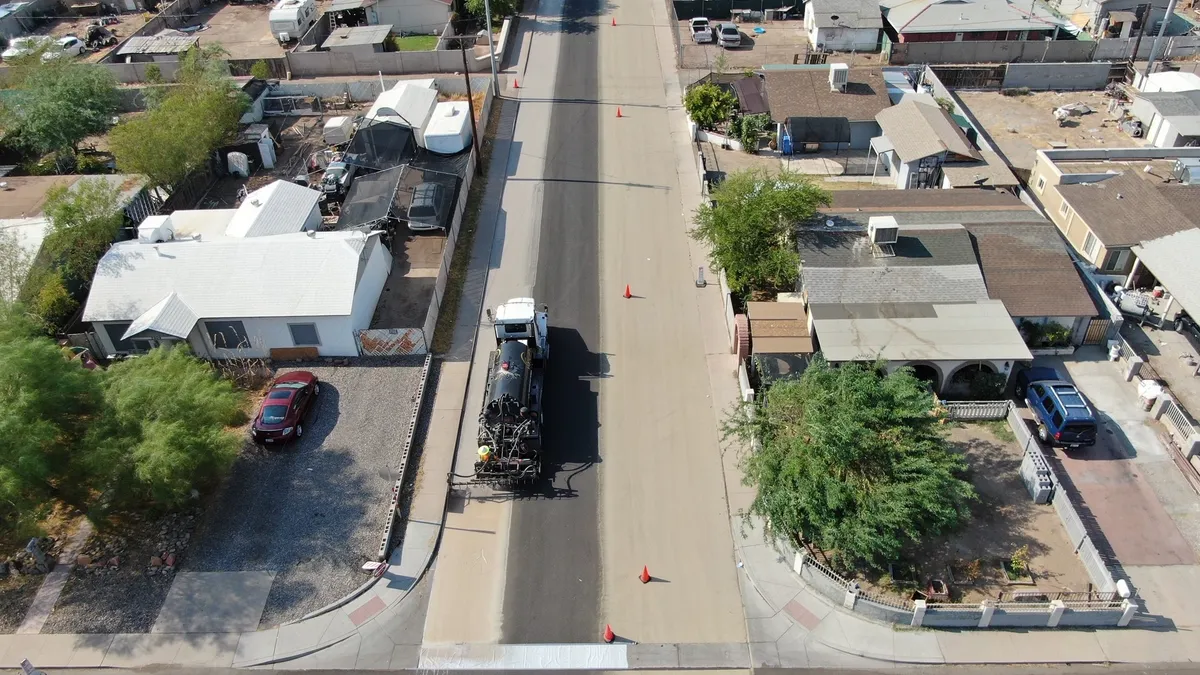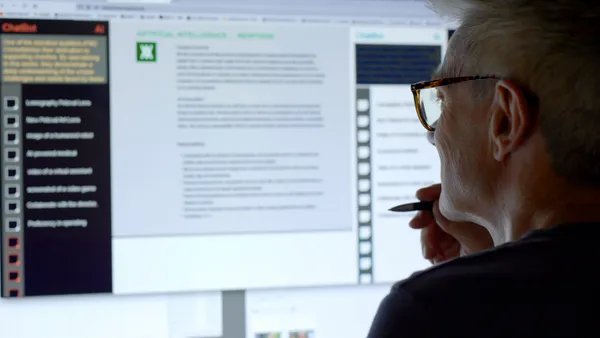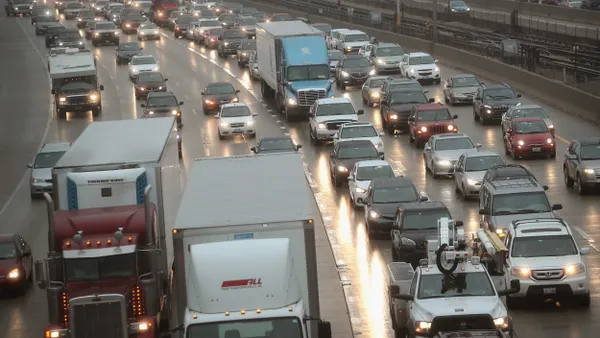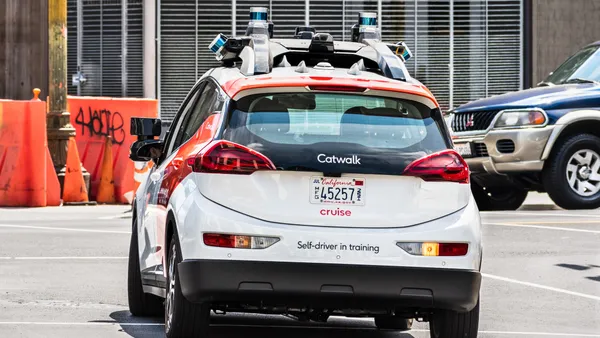Dive Brief:
- Toyota's research arm will partner with mapping platform CARMERA on a proof of concept to develop camera-based automation of high-definition (HD) maps for autonomous vehicles (AVs). The goal is to be able to combine data from participating vehicles to generate more advanced HD maps.
- Through the partnership, Toyota Research Institute-Advanced Development (TRI-AD) and CARMERA will use cameras on Toyota test vehicles to collect data in downtown Tokyo, which will be processed by CARMERA’s real-time platform to automatically generate HD maps. Dashboard “drive recorders” will also add to the maps on vehicles that don’t have cameras automatically installed through the Toyota Safety Sense system.
- Currently, highway HD maps only cover less than 1% of the worldwide road network, according to CARMERA.
Dive Insight:
High-quality maps are necessary to program and direct AVs, but the process for creating those maps currently relies on expensive specialized vehicles. In a statement, CARMERA CEO Ro Gupta said the company was “founded to deploy next-generation street intelligence at low cost, high speed and automotive-grade reliability, in order to democratize autonomous mobility at global scale.”
The company’s platform is also meant to reflect real-world changes (like construction or temporary road blockages), and has been used by partners like the New York City Department of Transportation and the researchers at the AV facility MCity in Ann Arbor, MI.
The partnership with Toyota speaks to the importance that automakers and tech companies are placing on location services, beyond just sensors and monitoring technology. Mapping firms have been the subject of major sales and partnerships, like Bridgestone’s $1 billion acquisition of TomTom’s telematics business. AV software firm Mobileye recently announced a partnership with Great Britain’s national mapping agency Ordnance Survey to create high-quality maps of that country’s streets and utility infrastructure.
Getting mapping capabilities down to the vehicle level, using built-in technology, can help make such projects more nimble and responsive as AVs get on the road.










